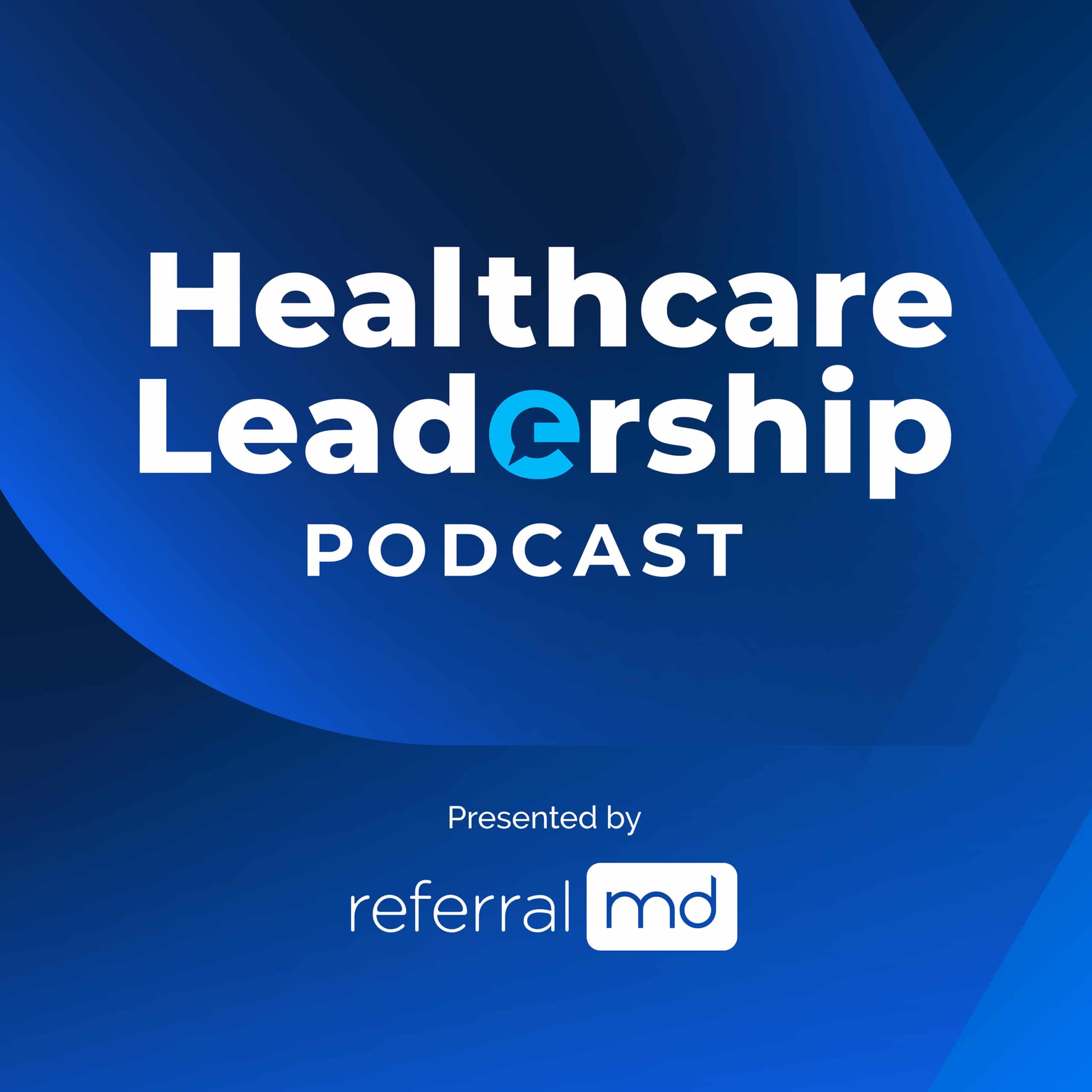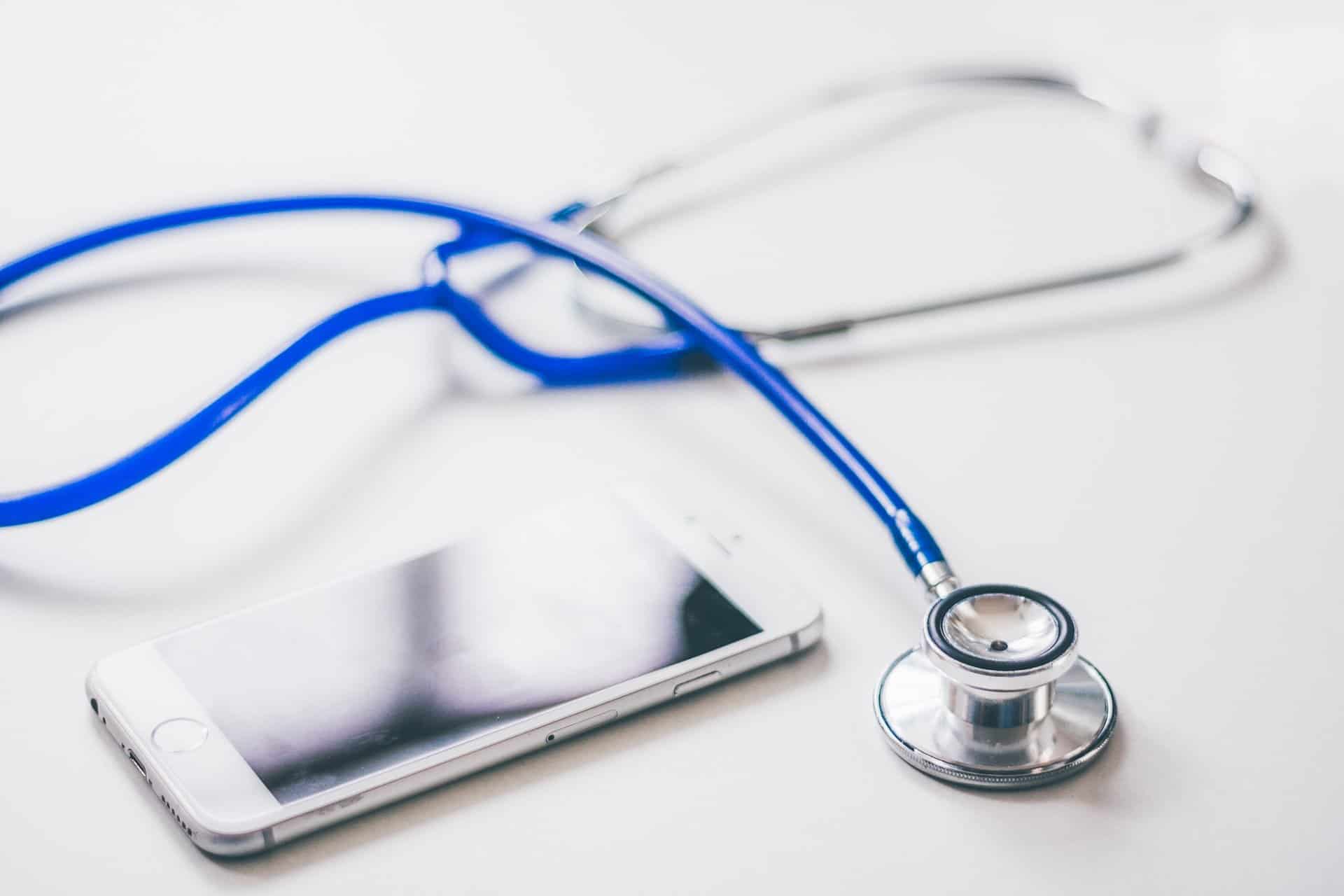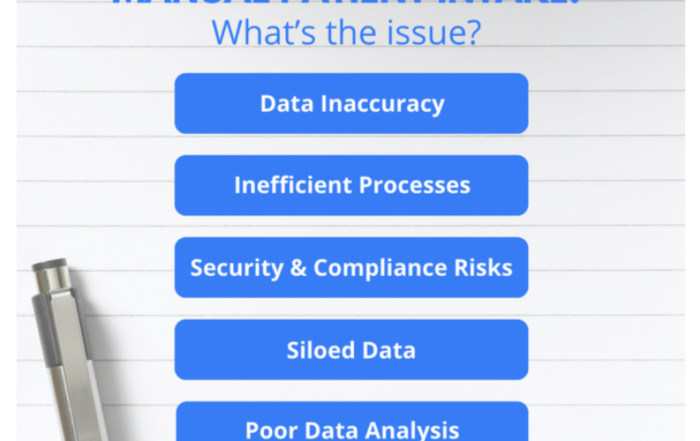A Synthesis Of Techniques
Quite a few exciting trends are characterizing the modern health industry–many of them industry-related. It should be no surprise that chief among such trends is technology innovation. Healthcare technology solutions are making it possible to prevent death from heart attacks, diminish the effects of seizures, augment ongoing conditions, and keep life-threatening issues at bay. Most importantly, healthcare innovation may help to decrease the high cost of medicine.
Additionally, some healthcare technology solutions can help defray the expenses which generally define healthcare. Especially in the United States, the cost of healthcare has expanded nigh-exponentially, and many find they can no longer afford basic protections. The problem is that healthcare remains fundamentally necessary.
The answer seems to be combining healthcare technology solutions with traditional healthcare needs. With the right technology, those afflicted can, to a degree, maintain themselves without the high costs that define modern healthcare. As an illustration: performing an insulin check at home can be quicker and more cost-effective than performing one during a hospital visit. That said, such solutions are going to differ per individual. Can these technology solutions and devices ultimately reduce the high cost of healthcare?
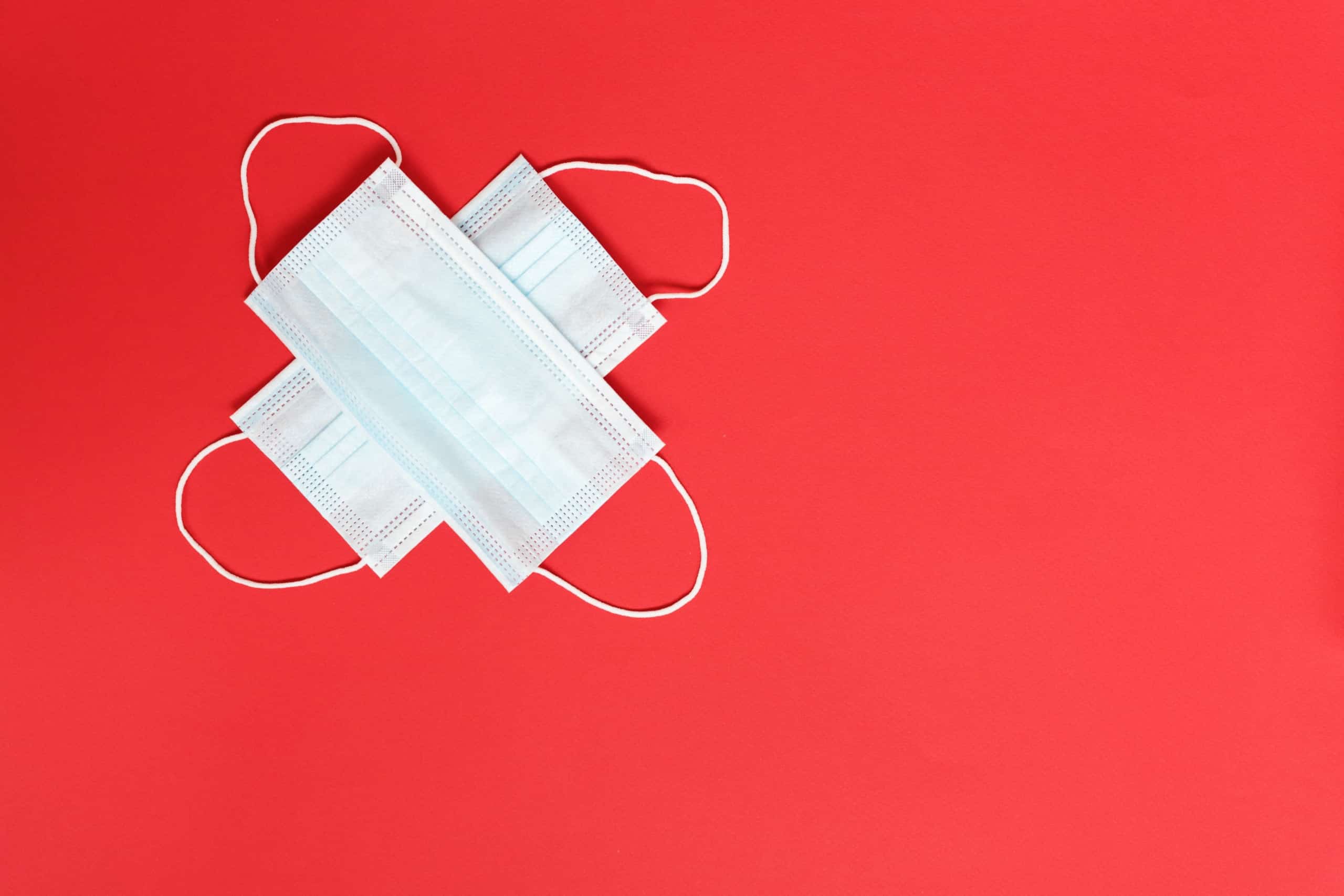
Avoiding Unnecessary Medical Tests
One thing technology can help you do to avoid medical tests that are not necessary. According to one source, unnecessary tests cost: “…$200 billion…and are thought to cause 30,000 deaths each year.” You can consult with your healthcare provider to help determine what tests are and are not necessary.
A given healthcare provider has to foot the bill if you’re paying a regular fee, for the costs of medical examination, operation, and monitoring help manifest. This is generally no small fee. As a result, the right healthcare providers will have an in-built prerogative to help you avoid unnecessary tests, as these tests cost them money.
Additionally, it’s possible to avoid a great deal of unnecessary testing with the internet just through your own research—however, this isn’t often advisable. All you need to do is make one trip to WebMD.com to discover you’ve got the symptoms for all the worst possible ailments in the world.
Obviously, you’re not so sick; but alarmist sites can make you think you are, and that’s not good for anyone. The only thing worse than an unnecessary medical test ordered by a doctor is an unnecessary—and expensive—a medical test that you order yourself. When it comes to healthcare, unless you’re a professional, you need to trust the experts.
Thankfully, technology in the industry is helping to do away with such situations. Through tech solutions like the cloud (which will be examined further), healthcare businesses can curtail costs. This allows them to keep from pushing medical treatments that aren’t strictly necessary to maintain the financial bottom line. There’s a catch-22 in the industry.
Costs of insurance, operation, and collateral educational expense continuously drive prices–not to mention legal issues associated with compliance and the like. At the same time, sometimes unnecessary treatment can be toxic to patients. The solution seems to come in technology that curtails infrastructural expenses.
There’s no use in specifying the exact tech to use; it’ll differ per industry. Dental care will have an entirely different tech than that of an orthopedic surgeon–and it should. Mixing those pieces of equipment could cause foot-and-mouth disease, but all jokes aside, technology is idiosyncratic to specific healthcare providers. But certain things can be used across the board–like the cloud, which will be explored in greater detail later.
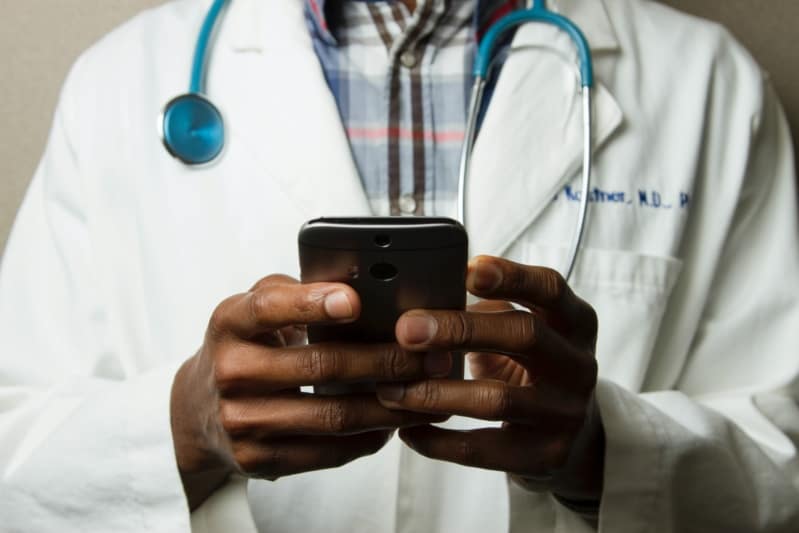
Photo by National Cancer Institute on Unsplash
In-Home Medical Support
Increasing mobility can save on expensive costs for hospitalization. The world of healthcare is changing. As one resource for healthcare information points out, “New healthcare startups bring drugs and doctors to your door.” This means it could be possible to treat a condition in your own home and not have to pay thousands for a stay at the hospital. This is convenient for those running a given healthcare facility as the business it is and for those receiving treatment.
In that way, technology is definitely decreasing the costs of healthcare. While it’s naturally going to be a little more expensive for a doctor to meet you on your premises, the added expense will still likely be less than what silhouettes a hospital stay.
Cloud computing makes remote data entry and cataloging during such visits also possible through floated desktop applications like DaaS or Desktop as a Service, which securely consolidates systems to be accessed wherever someone has a device and an internet connection. Healthcare facilities nationwide can put all their operations on a single DaaS platform, cutting the costs associated (collaterally and directly) with disparate systems.
Still, some conditions can’t be treated at home because specialized technology of a non-remote kind is required, and that technology is only available at a given hospital. So patients are not always going to save with this particular solution, and neither are healthcare institutions. But in some scenarios, they definitely will.
It’s actually quite fascinating what is being developed in terms of medicine these days. Many organizations are using technological breakthroughs that are so substantial that they bear a striking resemblance to the broadest fantastic imaginings, silhouette science fiction.
Defense, Aerospace, And Medical Industries Have Commonalities
There are certain organizations today that specialize in producing specific, high-tech medical solutions for companies in the aerospace, defense, automotive, and medical fields that need to be turning out consistently high-quality results.
That there is a crossover between aerospace, defense, and medicine is certainly astonishing. But when you consider devices like MRIs, CAT scans, prosthetic limbs that actually use the brain to manipulate robotic fingers, and the like, the picture starts to make some sense.
Another burgeoning area of healthcare that is substantially expanding the industry pertains to psychological and psychiatric solutions. Certainly, pharmaceuticals have played a big part in the medical industry for the last several decades. Still, it turns out that technology itself is beginning to help people psychologically.
Technology solutions in the healthcare industry are revitalizing multiple areas of healthcare, among them mental health. If you can surrogate a technology solution for a pharmaceutical one, that’s not only more cost-effective over time in terms of finances, but it’s more cost-effective in terms of physical health.
Those who are more physically and mentally healthy don’t require as many medical services. Collateral treatment costs can be thereby reduced for them and the clinic they work through.
Modern Technology Rectifies Previously Inaccurate Practices
It’s a strange irony today that mental health achievement often means a decline in physical health—you’ve likely heard the provisos listed after some new antidepressant hits the market. They are downright extensive! Side effects of certain pharmaceutical solutions can almost be worse than the mental condition itself!
Certainly, that’s all comparative and based on the opinion of the individual suffering from mental difficulty. But with a technology solution, such physical side effects can be curtailed if not eliminated.
The worst side effect of certain psychotropic drugs is dependency, and mental health solutions through technology can diminish dependency or even eliminate it. Just check out this list of ten ways technology is phasing out big pharma to get an idea.
As a business, it makes sense to get abreast of this transition. Smartwatches, FitBits, and the like can monitor health information–this leads to a reduction of needs for chemical solutions.
There are also some “naturalistic” ways to help reduce your healthcare costs which technology is beginning to reveal via data. As information is collected on a diversity of individuals across the planet, certain trends can be identified.
Those trends can then be explored, recommended, and put to good use in a proactive, healthy way–this is why items like the smartwatch and Fitbit have become so popular and effective. They themselves help collect the data. Any healthcare business needs to understand this, and so do those who regularly contact healthcare facilities.
When it comes to exercise, monitoring techniques through technology today can keep track of heart rate, levels of adipose tissue, muscular strength, and much more. This has become so mainstream today that you can go into a gym, enter your age and your weight into an exercise machine, and have it very accurately tell you the caloric value of your workout.
Health And The Cloud
Modern medicine is discovering that the more healthy your lifestyle, the more healthy you are. Technological applications like cloud computing, which can process massive datasets, have been identifying trends and bringing the knowledge that those trends reveal to the public. Stanford has found that Big Data, which analyzes trends, is one of the most important additions to modern healthcare solutions when it comes to personal health. Big Data is, of course, a cloud-based innovation.
On a more “micro-cosmic” level–that is, cloud computing as pertains to individual healthcare businesses, it turns out there are a lot of cost-effective, considerable applications as well.
A cloud-computing solution can outsource an internal network. This cuts tens of thousands of dollars from the annual budget, allowing hospitals to focus on their core purpose: treating sickness, injury, and disease. Check out this Forbes.com article for even more information about how the cloud is transforming healthcare.
The biggest discovery such technology has produced today is in many ways an age-old truth: one of the best ways for you to maintain your health is to take a proactive approach.
Unfortunately, technology has brought processing into the mainstream when it comes to many foodstuffs. Artificial sweeteners were once touted as a means of “having your cake and eating it too,” as the saying goes. Now it is being revealed that certain elements of artificial sweeteners, in fact, have a toxic effect on the body and mind.
Dependence On Medical Devices
While it is largely unsubstantiated that Alzheimer’s disease has a link to aspartame, what is not unsubstantiated is a link between diabetes and artificial sweetener use. The reason is that artificial sweeteners are actually more sweet than sugar, which was traditionally sweet “doesn’t quite cut it” for the diabetic or pre-diabetic person.
As a result, they end up ingesting more drinks and foods with artificial sweeteners in them, and beyond the toxicity of the chemicals, this induces weight gain and throws off blood sugars. The result is reliance on a machine that checks insulin levels and various applications that help remind people with diabetes how to meter their condition.
Then there are the health factors that come from a good mental place. The brain is an amazing organ, and it can do some truly amazing things. Technology has now discovered that brain cells aren’t entirely beyond recovery: new ones can be grown.
How Neuroplasticity Is Changing Perspectives
There is a thing called “neuroplasticity,” and it refers to how your brain makes new mental pathways as it needs them. When you do something new, when you learn a new trade, your brain acquires a new area of understanding. This requires new neuro-pathways. In effect, new brain cells must be grown.
You can pick up a new habit that eventually becomes psychologically ingrained into your regular daily activity through neuroplasticity. There is controversy over the necessary time period to establish a new habit. Still, there seems to be a medical supposition that the minimum time necessary is about three weeks—twenty-one days.
At the end of about three weeks (the time period will vary per individual), the brain has entirely created a new neuro pathway. A new habit has been ingrained. The difficulty is in keeping that habit. Here, an act of will comes in. Because not everyone can keep a habit they’ve begun, an argument says 21 days isn’t an adequate number.
With all that in mind, one of the best ways technology can help you reduce the expenses involved in healthcare is to inform you about your body’s actual inner functioning and help you structure your daily activities accordingly.
With all these things in mind, it’s easy to see how modern technology really can curtail your healthcare expenses. Between technological discoveries that inform individuals about previously unknown aspects of their body’s inner workings, technological breakthroughs that make medicine more convenient in and out of the hospital, and proactive daily maintenance of your body, you can substantially diminish your healthcare costs.
When these things are added to the operational realities of a given healthcare clinic, it turns out that these practitioners can additionally curtail the expenses involved in a business. This all boils down to that the right application of modern medical trends in technology can work for the good of people on the giving and receiving end of modern medicine.

